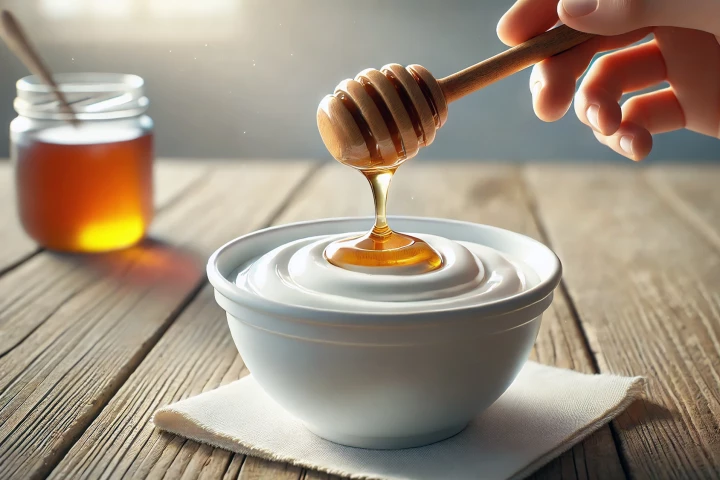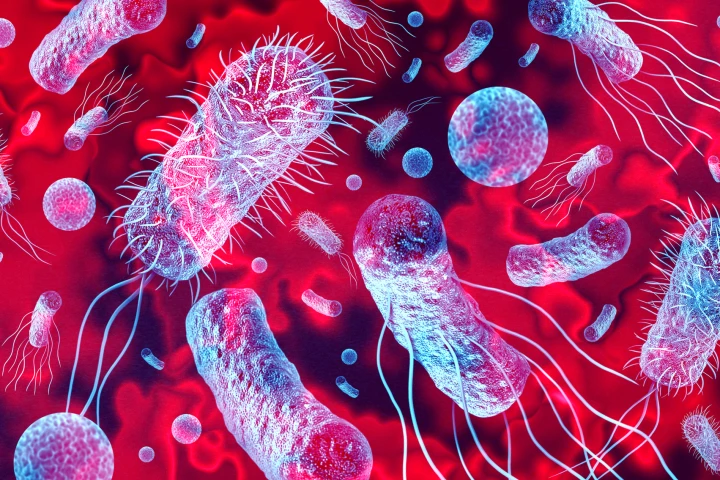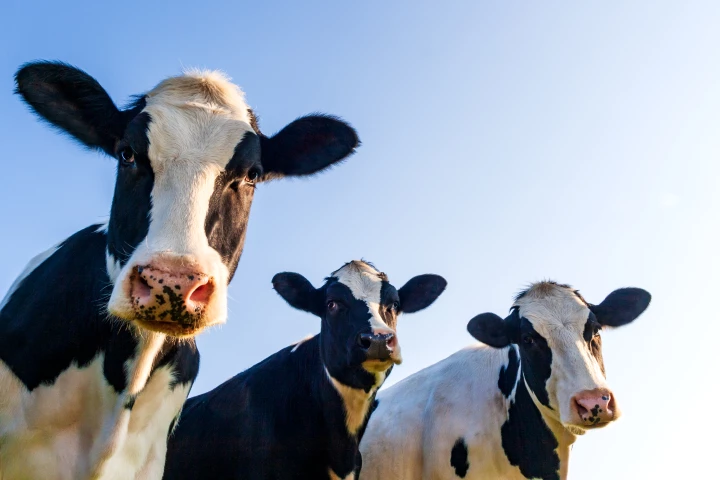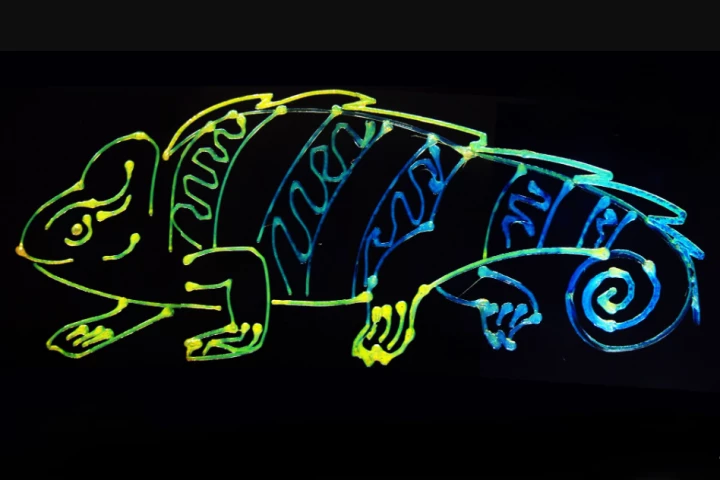University of Illinois
-
From raw eggs at the crack of dawn to whey shakes after workouts – there's a whole lot of advice about the best way to optimize your muscle growth. Has new research settled the debate once and for all, or will it spark even more?
-
Based on a study of nearly 3,000 adults, one particular, simple diet has been shown to result in improved communication and structure of the brain's white matter. The more participants adhered to the eating plan, the better the improvements.
-
For the first time, engineers have digitally recreated the complex muscular architecture of the octopus arm and its unique movements involving around 200 muscles, which opens the door to developing soft robotics with unprecedented dexterity.
-
Evidence has been building about the health benefits of probiotics. Now, new research has found that putting a tablespoon of honey on your yogurt helps the probiotics it contains to survive in the gut. It’s a win-win combination that’s both healthy and delicious.
-
Researchers have combined the bacteria-killing actions of two classes of antibiotics into one, demonstrating that their new dual-action antibiotic could make bacterial resistance (almost) an impossibility.
-
Intermittent fasting (IF) is currently one of the most popular health and fitness trends. But, as with anything popular, it has its nay-sayers. So, we looked at the science that backs up what these kinds of diets can do and busted some myths in the process.
-
Antibiotics kill disease-causing bacteria as well as the beneficial ones living in our gut, disturbing the health-maintaining microbiome. A new antibiotic specifically targets hard-to-kill bacteria while leaving our good gut bacteria alone, according to a new study.
-
By combining brain scans and nutritional intake data, a study has found a nutrient profile that puts the brakes on brain aging. What's more, that profile matches an easy-to-follow popular eating plan that's been proven to convey multiple benefits.
-
Inspired by the wheel-bodied battle droids from Star Wars, a scientist has created a robot that rolls along on one big wheel, using its legs to steer. Instead of smashing the Rebel Alliance, however, this bot may one day be making deliveries.
-
A genetically modified cow has produced milk containing human insulin, according to a new study. The proof-of-concept achievement could be scaled up to produce enough insulin for all diabetics requiring the life-maintaining drug.
-
Scientists have created a 3D-printing media that can take on different colors in different parts of a single print job. The secret lies in utilizing ultraviolet light to selectively alter the surface structure of the material as it's being dispensed.
-
Ordinarily, once a fern's leaf fronds have died, the plant has no further use for them. Such is not the case with the Cyathea rojasiana fern, though – a scientist has discovered that its dead fronds become "zombie leaves" which suck nutrients from the soil.
Load More











